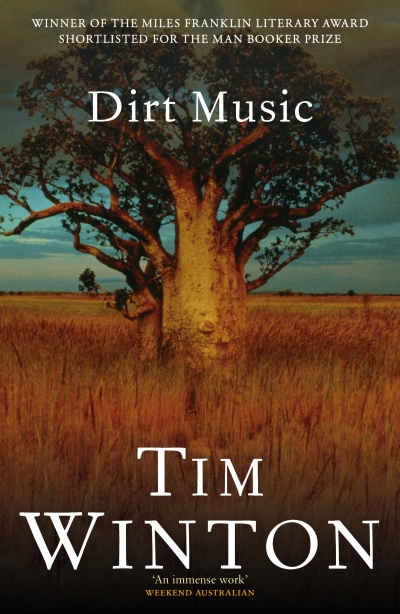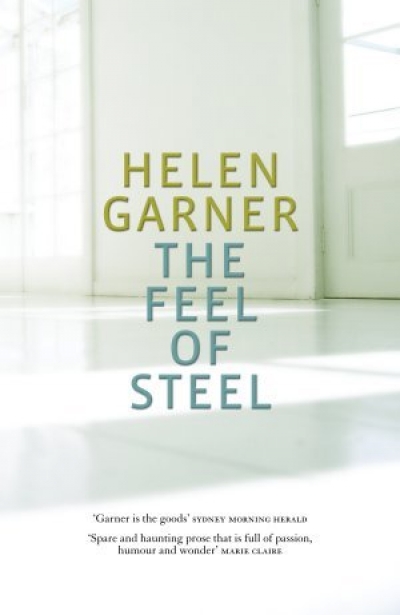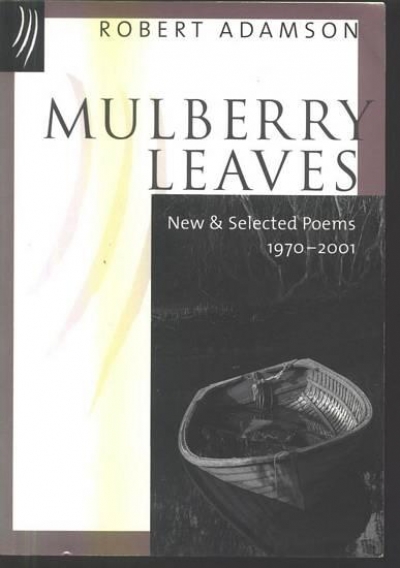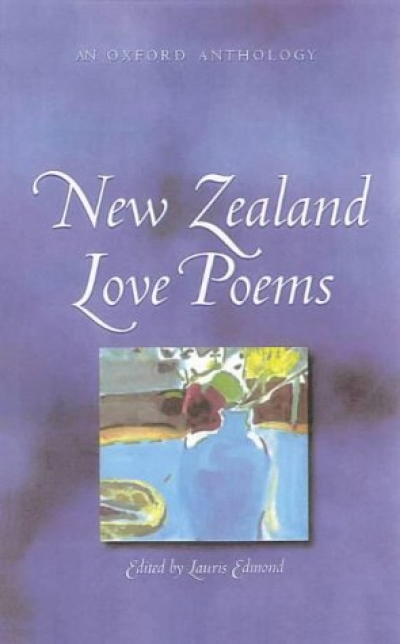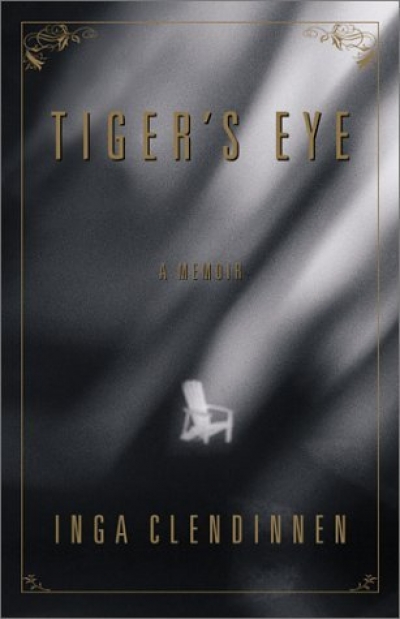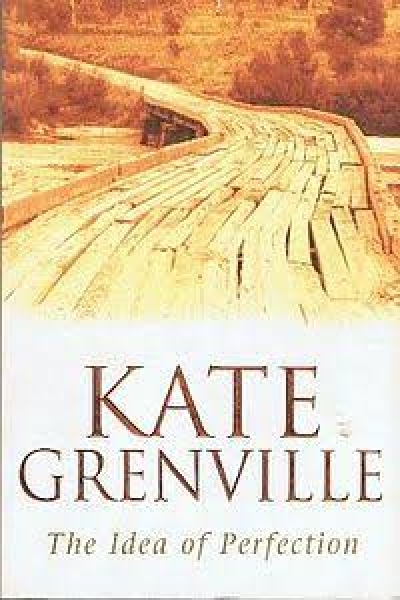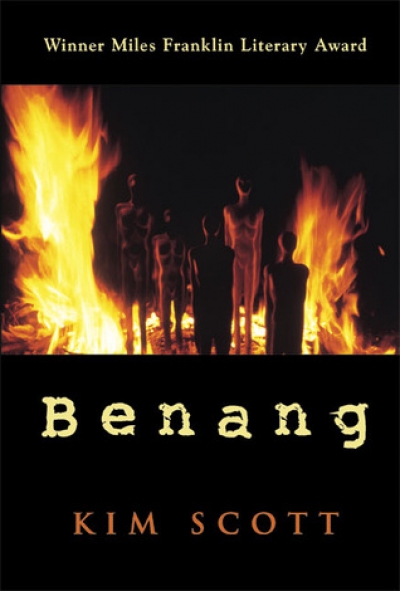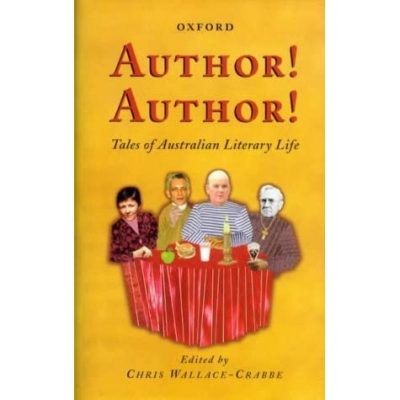From the Archive
Sign up to From the Archive and receive a new review to your inbox every Monday. Always free to read.
Recent:
Talk about unlikely associations. My first response to the opening chapter of Tim Winton’s latest novel was how its sense of a life at a standstill, awaiting some new impulse, reminded me of Jane Austen’s Emma. Winton’s protagonist, Georgie Jutland, with a string of unsatisfactory relationships behind her ...
... (read more)Following True Stories, published in 1996, The Feel of Steel is Helen Garner’s second collection of non-fiction. It comprises thirty-one pieces of varying lengths. Longer narratives such as ‘Regions of Thick-Ribbed Ice’, about a hair-raising trip to Antarctica, and ‘A Spy in the House of Excrement’, about the outcome ...
... (read more)In James Joyce’s Ulysses, Shakespeare is referred to as the happy hunting ground of all minds which have lost their balance. He is also referred to by Buck Mulligan, even less reverently, though with a distinct nationalist tilt, as ‘Shakespeare. I seem to recall the name. Ah, to be sure, the fellow who writes like Synge.’ Well, there probably are analogies between the greatest of all dramatists, who could also, as Donald Davie pointed out, use any word in the language he chose (and hence manipulated an extended diction), and the chap who set the Abbey Theatre stage on fire with the dynamic stylisation of Irish peasant speech in The Playboy of the Western World. Just as there are analogies between the poet who could write King Lear and the lonely Jesuit who wrote, ‘O the mind, mind has mountains: cliffs of fall / Frightful, sheer no-man-fathomed: / Hold them cheap may who ne’er hung there’, and all those tragic sonnets. Not to mention the fellow who posed in front of the bookshop sign in Paris.
... (read more)Mulberry Leaves: New and selected poems, 1970–2001 by Robert Adamson
Producing a new Selected Poems is always an opportunity for poets to re-evaluate the shape of the history of their work, just as it gives readers another extended exposure to the poems themselves. In the case of Robert Adamson, Mulberry Leaves: New and aelected poems, 1970–2001 is not the first opportunity: there are two earlier Selecteds. The first (Angus & Robertson, 1978) was probably too early and, instead of selecting, rewrites and reorders, so that all Adamson’s work seems to be directed to Cross the Border, surely his least successful book. The second (UQP, 1990) is a much more formidable volume and an extensive enough collection to adequately represent the things going on in the first twenty years of the career.
... (read more)New Zealand Love Poems: An Oxford anthology edited by Lauris Edmond
For those who haven’t yet discovered the riches of New Zealand poetry, this anthology should provide an appetite-whetting introduction. Edited by one of New Zealand’s finest poets, the late Lauris Edmond (1924–2000), it bears the stamp of a thoughtful mind and a judiciously discriminating sensibility, evident in her own work as in her selection from that of others. For she has neither lost her nerve and opted out of inclusion nor claimed any undue space. Yet her own work is central to the nature of the volume. When I came to write this review, after reading steadily from page one to page 257 and closing the covers, I knew that there were certain phrases, images and poems that had struck root, were memorable for me, and were shaping my responsiveness to the volume. Interestingly enough, I didn’t always remember which poet was responsible – for the structure of this anthology (of which more later) is such that it is an anthology of poems first, and poets second.
... (read more)The question is probably all wrong. How can an American – well, an Egyptian-born American, if hyphenate we must – pronounce life on Australia? I came to the Antipodes late in my life, drawn to the Pacific, that great wink of eternity, Melville called it, drawn to horizons more than to origins. I made friends and became in Australia a wintry celebrant.
... (read more)Ten years ago, when she was in her early fifties, Inga Clendinnen fell ill with a disease of the liver that would have killed her if transplant surgery had not improved in time to save her life. In hospital she began to write, as much to hold herself together as for any other reason. Without a trace of self-pity she tells of the frightening first symptoms of her illness, its diagnosis and the initial gloomy prognosis, her times in hospitals, her responses to the hospital, to other patients and to that special group of ‘comrades’ who have suffered the same illness and its awesome treatment.
... (read more)Just before the publication of her novel Dark Places in 1994, Kate Grenville said that she was thinking about her next book, ‘a heart-warming old-fashioned love story’. Well, The Idea of Perfection – and isn’t that what all love stories are about? – is that love story, though it warms both heart and head, for the bliss it affords is not so much visceral as aesthetic, even architectural.
... (read more)Kim Scott is described on the inside cover of Benang, his second novel, as ‘a descendant of people who have always lived along the south-east coast of Western Australia and is glad to be living in times when it is possible to explore the significance of that fact and be one among those who call themselves Nyoongar ...
... (read more)Author! Author!: Tales of Australian Literary Life edited by Chris Wallace-Crabbe
‘Anecdotes’ meant originally ‘the unpublished’ – sometimes, no doubt, the unprintable. Nowadays we think of them as being tales which have something or other up their sleeves: a morsel of irony, a pinch of encouragement, a gesture of affectation. Anecdotes are yarns which have had a couple of drinks.
... (read more)


